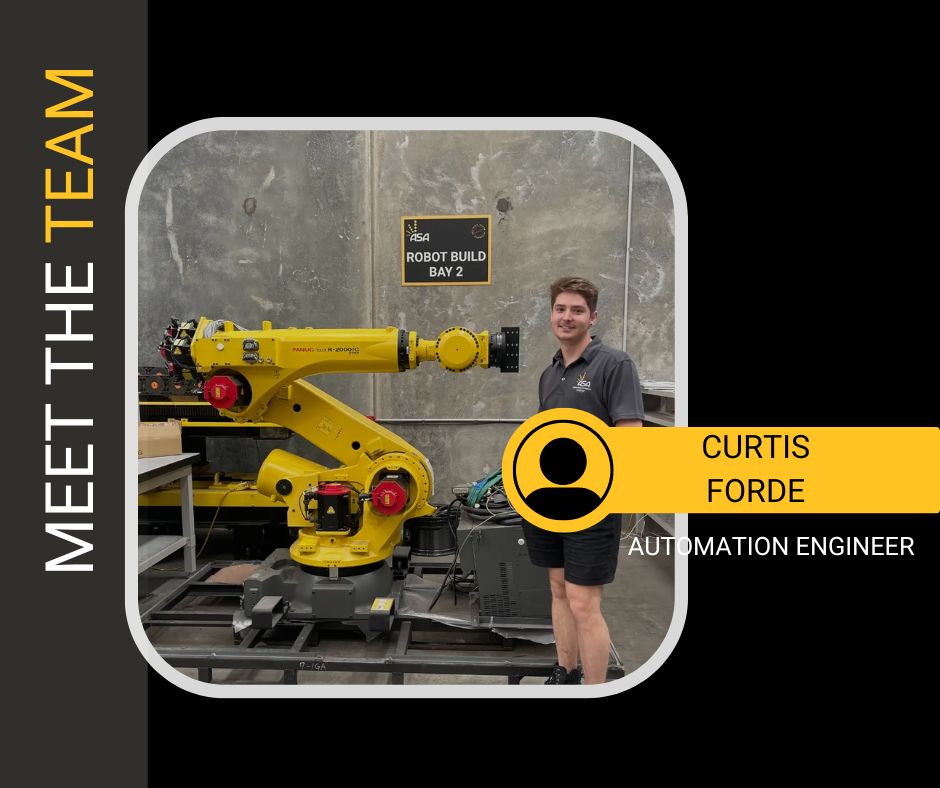Robotic arms, at the central point of modern production and manufacturing have changed the norms in a manner previously thought to be not possible. They combine high-quality, safety and efficacy. These marvels of the mechanical realm – sometimes known as robot arms become essential to industries all over the world driven by a need to cut operating costs without sacrificing quality. Robotic arms are integrating into production lines to cut cost and increase security. Let’s examine how these groundbreaking robotics are changing the landscape of industrial production.

Image credit: automatedsolutions.com.au
The primary force behind the global surge in robotic arm adoption is cost efficiency. Factories have to constantly work to reduce production errors, reduce material waste, and lower work-related accidents. Robotic arms are designed to solve these issues. Robot arms eliminate costly mistakes and decrease the amount of raw materials through performing repetitive tasks more precisely than human beings. For instance, in large-scale industries such as automotive manufacturing arms are able to perform precise welding and parts placement, ensuring flawless assembly every time. This precision can translate into substantial savings, as fewer defective parts means less rework and waste.
Safety is a second cornerstone to the advancement of robotic arms. Human workers are in danger while performing various manufacturing tasks, like working with hazardous materials or using large machinery. By utilizing robot arms businesses can remove workers from potentially dangerous environments. This reduces the risk of workplace injuries. Robotic arms consist of a variety of movable joints which mimic the human arm’s functionality. However, they operate without the danger of injuries. The machines are fitted with robotic hands or programmable end-effectors. They are able to perform tasks like grasping spinning and welding under conditions that could make it unsafe for humans.
The versatility of robot arms can be a game changer in many industries. From assembly for automobiles to electronic production, robot arms can be adapted to a wide range of jobs. They are able to perform complicated tasks with unparalleled precision, such as painting and tending to machines. Robotic arms used in warehousing has revolutionized palletizing by automating loading of pallets with goods. Automation increases productivity and security because robot arms are able to work continuously and never get tired.
The growth of cobots (collaborative robots) that interact with human workers is one of the most exciting advancements in the field. Cobots, which are equipped with robotic arm, can be able to interact with humans in a seamless manner, unlike industrial robots, which are normally restricted to cells. In a factory environment the robotic arm of a cobot can be used to perform heavy lifting or repetitive tasks, allowing human workers to focus on more complicated tasks. Cobots will cease or alter their motion if they detect a worker near.
Robotic arms have a profound impact on modern manufacturing and not just regarding safety or efficiency. They are indispensable for industries that require extreme precision for tasks like welding, assembly or material handling. In the production of automobiles such as assembly robotic arms can rotate and place components during assembly for perfect alignment without the requirement for human intervention. Similar to electronics, robot arms manage delicate components with care, minimising damages and improving the quality of output.
As industries continue to develop and become more complex, the importance of robotic arms will only grow. Because they are able to cut costs, improve safety and adjust to various tasks robotic arms will be essential to the future of manufacturing. By combining cutting-edge technology with human creativity robotic arms aren’t just tools. They are partners in advancement, bringing innovation to the forefront and transforming the way we create the world around us.